Superfoods are packed with vitamins, minerals, and antioxidants, offering incredible health benefits—and the best part? You can grow them right in your own garden! Whether you have a large backyard or just a few pots on a balcony, cultivating your own superfood garden is easier than you think.
By growing nutrient-rich fruits, vegetables, and herbs, you’ll have access to fresh, organic, and chemical-free ingredients for your meals. From kale and blueberries to chia and turmeric, these powerful plants can boost your immune system, improve digestion, and enhance overall well-being.
In this article, we’ll guide you through 19 simple steps to help you grow a superfood garden at home, so you can enjoy healthy, homegrown nutrition straight from your backyard.
Choose the Right Location

Finding the perfect spot is crucial to your garden’s success. Look for an area that receives plenty of sunlight, as most superfoods thrive in bright conditions. If you have limited outdoor space, consider using pots on a sunny balcony. Accessibility and convenience matter too, so make sure you can easily water and tend to your plants. Think about the soil quality and whether you’ll need to amend it for optimal growth. If your area lacks natural soil, raised garden beds are an excellent option. This foundational step sets the stage for a flourishing garden.
Select Your Superfoods

Deciding which superfoods to grow is an exciting task. Consider what you love to eat and what’s suited to your climate. Leafy greens like kale and spinach are versatile and nutritious, while blueberries and strawberries add a sweet touch. Research the needs of each plant to ensure they align with your garden’s conditions. Mixing perennial and annual plants can provide continuous harvests. Don’t forget to include some herbs like basil and parsley for extra flavor. Tailor your selection to your taste and nutritional needs for a personalized garden.
Prepare the Soil
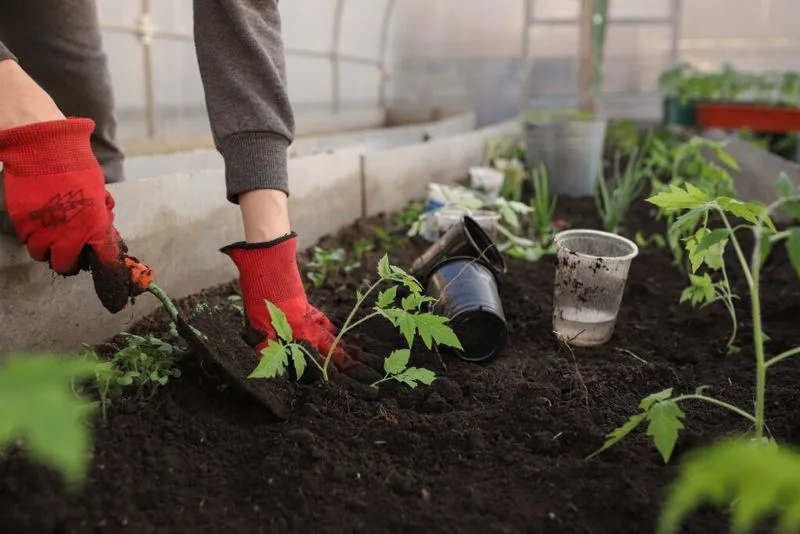
Healthy soil is the backbone of a productive garden. Start by testing your soil’s pH level to understand its current state. Adding organic matter like compost improves soil structure and provides essential nutrients. If your soil is too sandy or clay-heavy, amendments can help balance it out. Regularly turning the soil ensures proper aeration, promoting healthy root growth. Consider implementing a no-dig approach to preserve soil structure and organisms. With the right preparation, your plants will have a solid foundation to grow vigorously.
Plan Your Garden Layout
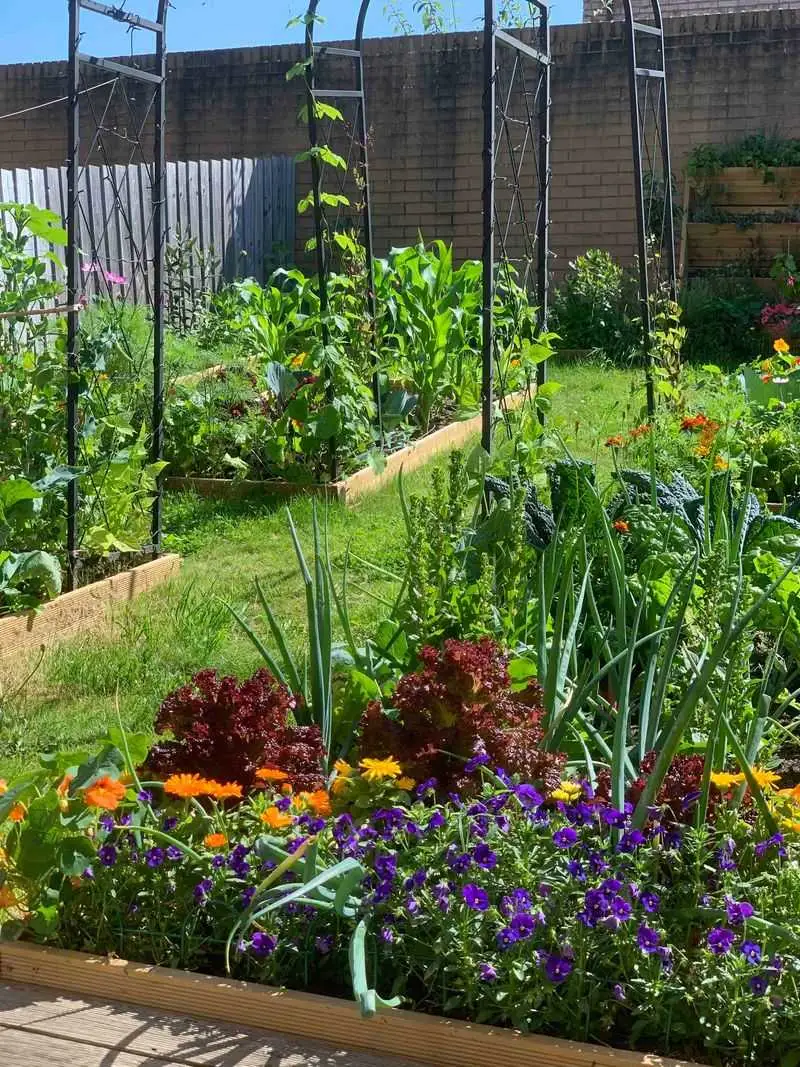
A well-thought-out layout can enhance your garden’s productivity. Sketch a plan that accommodates your chosen plants’ space needs, considering their mature size. Group plants with similar water and light requirements together. Companion planting is a smart strategy, as some plants can enhance each other’s growth. Incorporate pathways to access your plants without compacting the soil. Vertical gardening is a clever solution for maximizing small spaces. Planning ahead allows you to make the most of your available area and resources.
Start with Quality Seeds or Seedlings
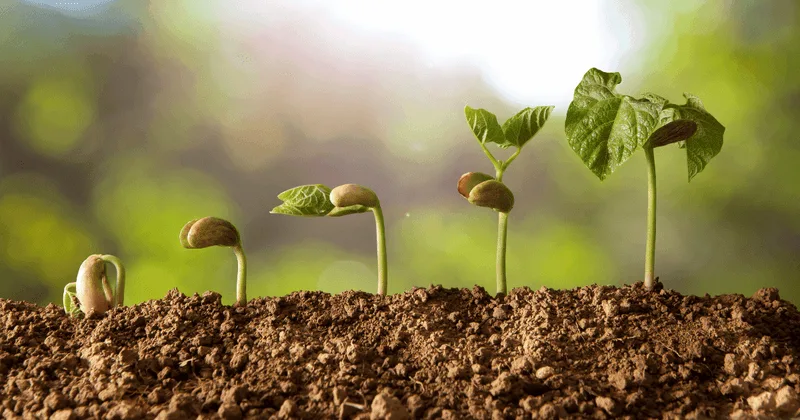
Investing in high-quality seeds or seedlings can make a world of difference. Look for organic and non-GMO options to ensure healthy, robust plants. Starting seeds indoors can give you a head start on the growing season, especially in cooler climates. If you’re new to gardening, purchasing seedlings might be a more straightforward option. Pay attention to planting instructions on seed packets or labels to avoid overcrowding. Whether you choose seeds or seedlings, starting with quality materials paves the way for a bountiful harvest.
Install an Efficient Watering System

Consistent watering is key to healthy plants, and an efficient system can save time and resources. Drip irrigation is a popular choice, delivering water directly to roots and minimizing evaporation. Soaker hoses are another effective option, providing even hydration throughout the garden bed. Consider using a timer to automate the process and ensure regular watering. Collecting rainwater in barrels is an eco-friendly way to supplement your water supply. Adjust your system seasonally to account for changes in weather and plant growth.
Mulch to Retain Moisture
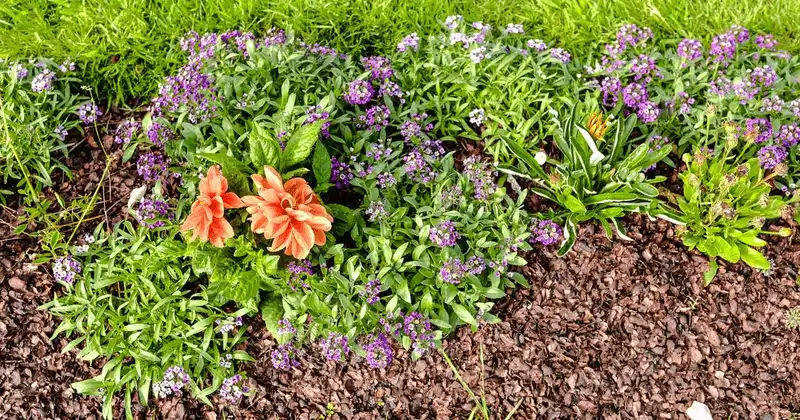
Mulching is a simple yet effective way to conserve moisture and suppress weeds. Organic mulches like straw, wood chips, or shredded leaves decompose over time, enriching the soil. Apply a layer of mulch a few inches thick around your plants, leaving space around the stems to prevent rot. Mulch also helps regulate soil temperature, keeping roots cool in the summer and warm in the winter. Regularly replenish mulch as it breaks down or is disturbed. This practice not only conserves water but also enhances soil health and biodiversity.
Implement Pest Control Measures
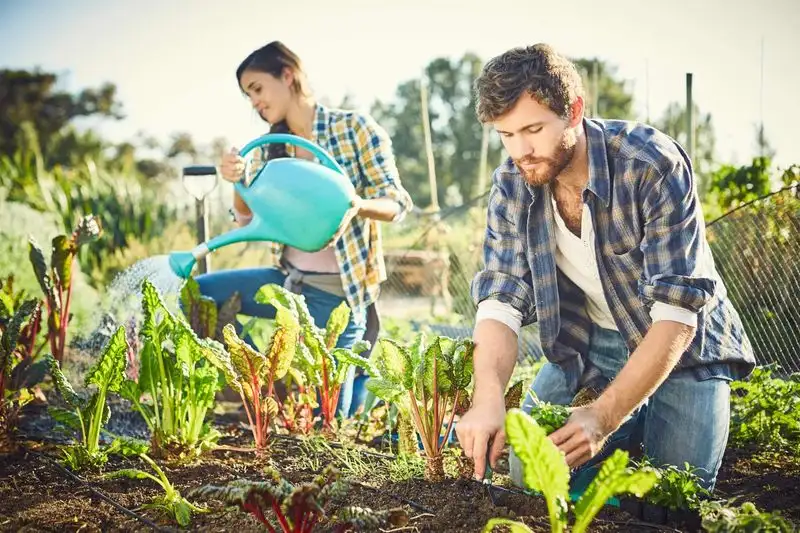
Protecting your garden from pests is essential for a healthy yield. Start by regularly inspecting plants for signs of insect damage or disease. Handpicking pests or using insecticidal soap can effectively address small infestations. Encourage beneficial insects like ladybugs and spiders, which naturally control pest populations. Companion planting with marigolds or garlic can deter unwanted visitors. For persistent issues, consider using organic pesticides sparingly. Keeping your garden clean and free of debris reduces habitats for pests.
Fertilize Regularly

Regular fertilization keeps your plants nourished and thriving. Choose an organic fertilizer that suits your plants’ specific needs, whether it’s a general-purpose mix or one tailored to fruiting plants. Timing is important; apply fertilizers during the growing season to support active growth. Be mindful of the application rate to avoid over-fertilization, which can harm plants and the environment. Incorporating compost or worm castings periodically boosts soil fertility naturally. This ongoing care ensures that your superfoods reach their full potential.
Prune for Health and Productivity

Pruning is a valuable technique for maintaining plant health and maximizing yields. Removing dead or diseased branches prevents the spread of pathogens and encourages new growth. Prune fruiting plants to improve air circulation and light penetration, essential for healthy fruit development. Timing matters; prune at the right time of year for each plant to avoid stress. Regular pruning keeps your garden tidy and manageable, making it easier to spot potential issues. This practice enhances both the aesthetic and productivity of your garden.
Use Vertical Space Wisely
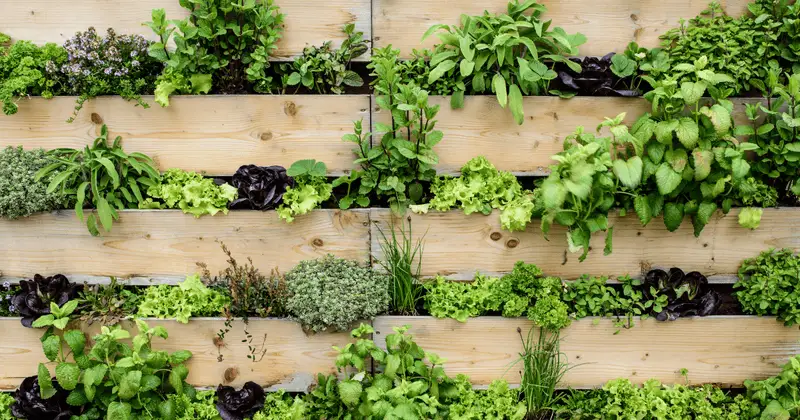
Incorporating vertical gardening techniques optimizes space and adds visual interest. Use trellises, stakes, or cages to support climbing vegetables like tomatoes and beans. Hanging pots are great for trailing herbs or strawberries. This approach not only saves ground space but also improves air circulation and reduces disease risk. Vertical structures can serve as decorative elements, bringing height and dimension to your garden. Consider the weight and sunlight needs of each plant when planning your vertical layout. Creativity and structure go hand in hand here.
Rotate Crops Annually
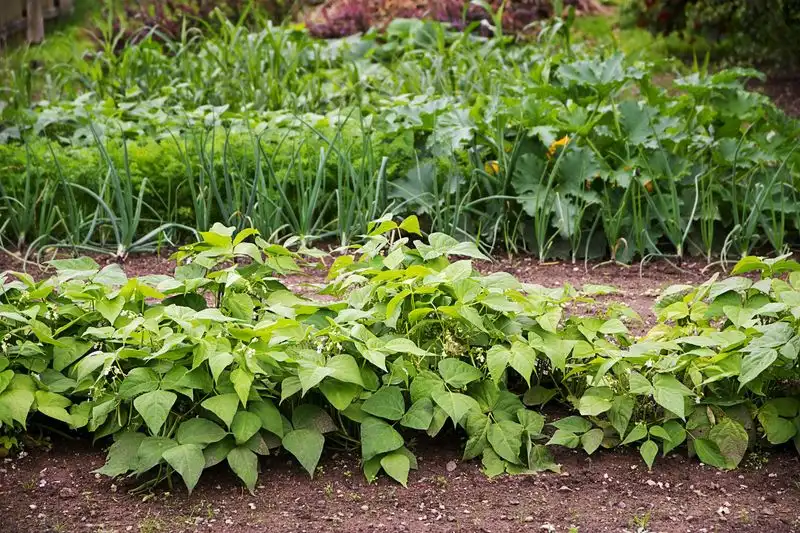
Crop rotation is a smart method to maintain soil health and prevent pest buildup. By changing plant locations each year, you disrupt the life cycles of pests and reduce soil nutrient depletion. Group plants with similar nutrient needs and rotate them systematically. This practice can also help prevent disease spread, as many pathogens are host-specific. Keep a record of your garden layout each season to track rotations easily. Not only does crop rotation enhance soil vitality, but it also promotes biodiversity and balance.
Harvest at the Right Time

Knowing when to harvest ensures you enjoy the fullest flavors and nutrients. Pay attention to the size, color, and texture of your produce as indicators of ripeness. Some plants, like herbs, benefit from regular harvesting to encourage growth. Invest in good-quality tools like sharp scissors or knives to prevent damage to plants. Timing is crucial, as harvesting too early or late can affect taste and quality. Consider preservation methods like freezing or drying if you have an abundant harvest. Enjoying fresh superfoods is the reward of your labor.
Maintain Your Tools
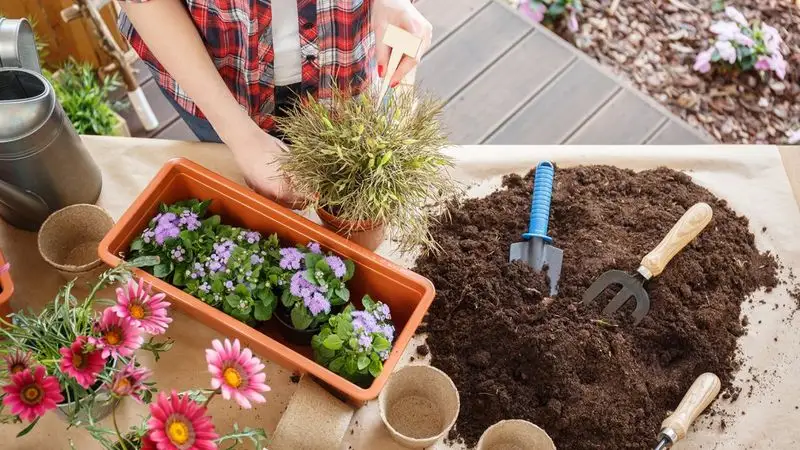
Proper tool maintenance extends their lifespan and ensures efficiency. Clean tools after each use to prevent rust and disease spread. Sharpen blades regularly for precise cuts and to reduce strain on plants. Store tools in a dry place, organized and within easy reach. Investing time in maintenance reduces the need for replacements and can prevent injuries. Consider ergonomic tools for comfort and ease of use. High-quality, well-maintained tools simplify gardening tasks and contribute to a more enjoyable experience.
Compost Kitchen Scraps
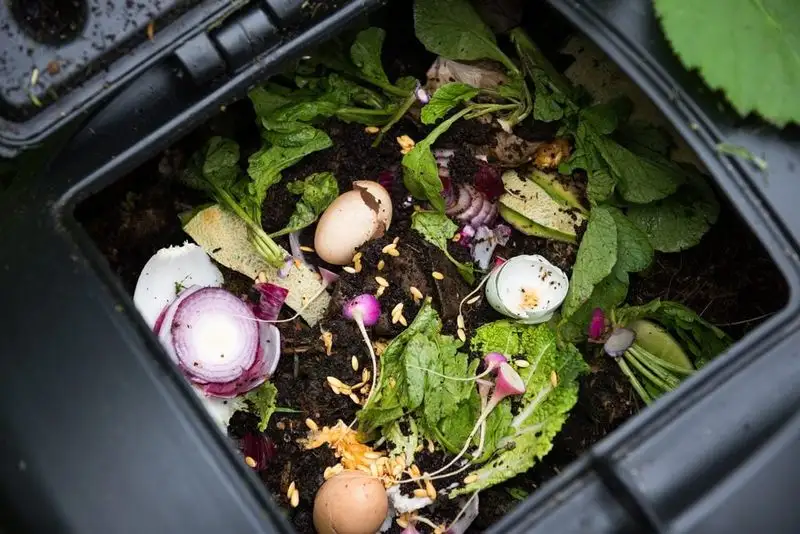
Composting kitchen scraps turns waste into valuable garden gold. Collect vegetable peels, coffee grounds, and eggshells in a countertop bin. Transfer to an outdoor compost bin, alternating with layers of garden waste. Turn the pile regularly to speed up decomposition and maintain aeration. Over time, this organic matter breaks down into nutrient-rich compost that boosts soil fertility. Not only does composting reduce waste, but it also promotes a sustainable, closed-loop system in your garden. This eco-friendly practice is a win-win for you and the environment.
Embrace Companion Planting
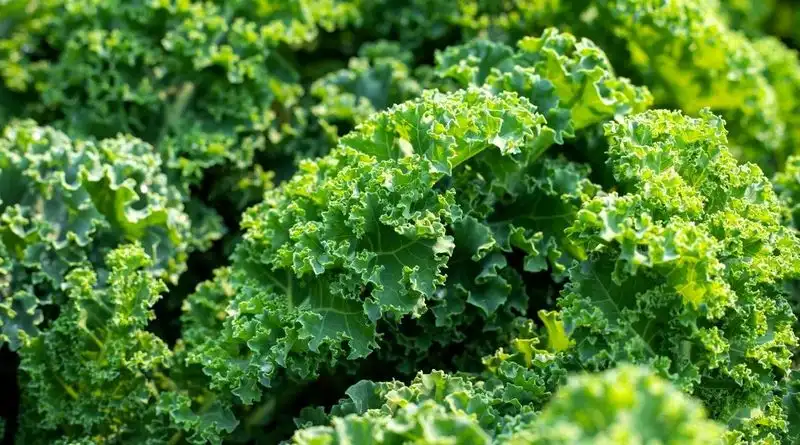
Companion planting is a natural way to enhance plant growth and repel pests. Some plants, like basil and tomatoes, thrive when grown together, improving flavor and yield. Flowers such as marigolds deter nematodes and attract beneficial insects. Strategically placing plants can optimize space and resource use, creating a harmonious garden environment. Experiment with different combinations to find what works best in your garden. Companion planting enriches biodiversity, making your ecosystem more resilient and productive.
Use Organic Pest Control
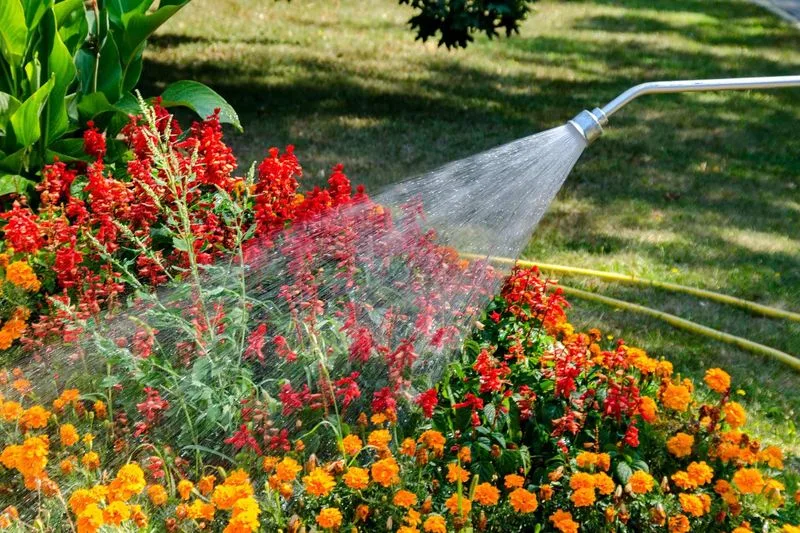
Organic pest control protects your plants without harming the ecosystem. Neem oil and insecticidal soap are effective against many common pests. Introduce natural predators like lacewings and parasitic wasps to keep pest populations in check. Homemade remedies, such as garlic spray, offer additional solutions. Keep your plants healthy and stress-free to minimize pest attraction. Regular monitoring and prompt action are essential to manage infestations naturally. This sustainable approach maintains garden balance while safeguarding your harvest.
Monitor Plant Health
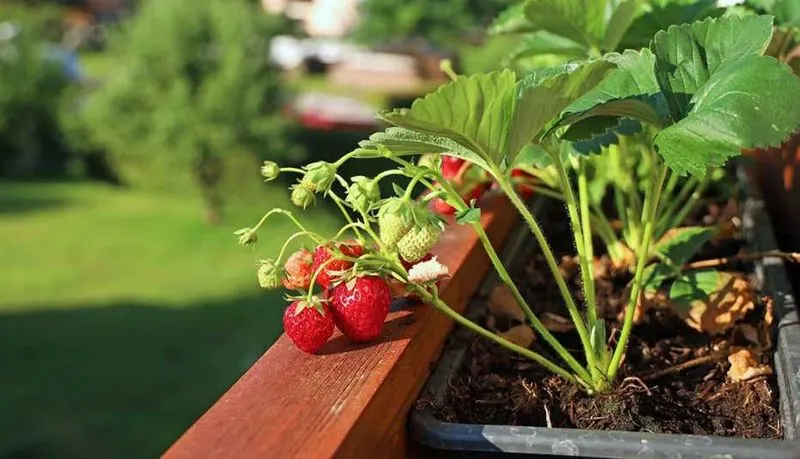
Regular checks on plant health allow for early intervention. Look for signs of nutrient deficiencies, such as yellowing leaves or stunted growth. Adjust watering and feeding schedules as needed. Stay vigilant for symptoms of disease or pest activity, taking prompt action when issues arise. Documenting changes helps track progress and identify patterns. Healthy plants are more resistant to stress and produce better yields. Consistent monitoring ensures your garden remains vibrant and productive, adapting to its evolving needs.
Sing to Your Plants
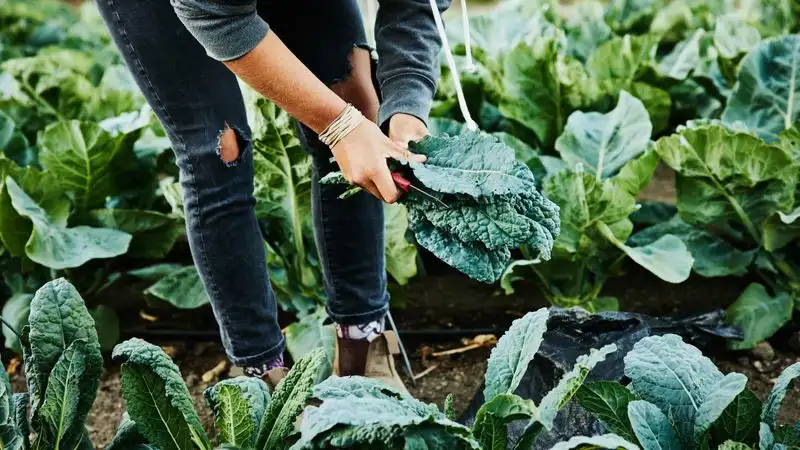
Believe it or not, singing to your plants can actually help them grow! Plants respond to the vibrations and sounds, which can stimulate their growth. Choose your favorite tunes and serenade your garden. It may feel odd at first, but consider it a musical therapy session for both you and your plants.
Create specific playlists that match the mood of your garden. You might find that a calming melody during planting and a lively beat during harvesting create the perfect atmosphere.
This fun and creative approach can enhance your gardening experience and cultivate healthier, happier plants all around you.

